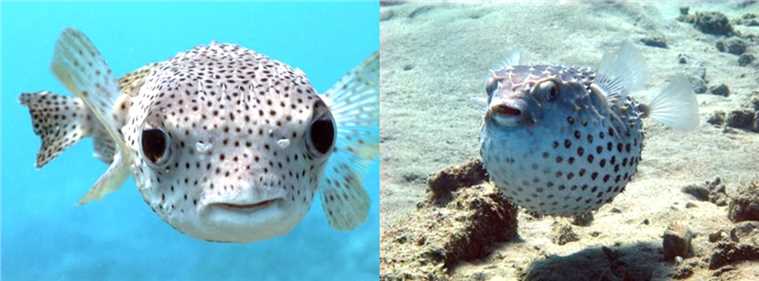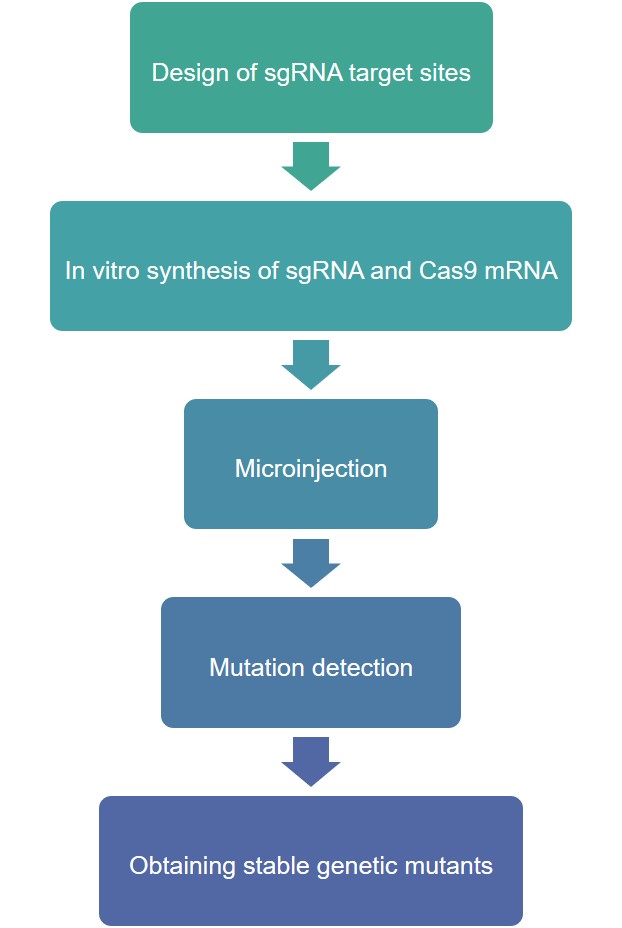Pufferfish has delicious meat, but its viscera and other tissues contain the highly toxic toxin TTX (tetrodotoxin), that a non-protein neurotoxin and one of the more common marine biotoxins, which is extremely toxic and causes nerve and limb paralysis by selectively blocking Na+ channels, and can lead to respiratory failure or even death in severe cases.
However, in recent years, with the rise of the food processing industry and biomedical industry, many pufferfish-related further processing products have appeared in the market. The development of the pufferfish processing industry is not only because of the delicious taste of pufferfish but also because of the rich medicinal value of pufferfish. Pufferfish have high unsaturated fatty acid content, especially rich in DHA and EPA, which can prevent cholesterol deposition on blood vessel walls, prevent atherosclerosis and cardiovascular diseases, help enhance memory and improve thinking ability, prevent senile dementia, and have brain-healthy and brain-beneficial effects.
 Figure 1. The usual pufferfish and the scared pufferfish.
Figure 1. The usual pufferfish and the scared pufferfish.
With the opening of the pufferfish sales market and the development of the artificial pufferfish breeding industry, the market demand for pufferfish will gradually increase. Whether it is the cooking food of pufferfish or the refined processing of pufferfish aquatic products and related functional foods, etc., the effective removal and toxicity abatement of TTX from pufferfish tissues are crucial.
CRISPR/Cas9 technology services
Traditional tetrodotoxin abatement techniques include physical (using thermal and other methods to destroy the structure of TTX), chemical (using pH alkalinization to destroy the structure of TTX), and biological (using biological fermentation to abate TTX), but the chemical nature of TTX is very stable, and it is difficult to effectively remove the toxin by ordinary processing methods.
Therefore, Lifeasible introduced CRISPR/Cas9 technology, which has been successfully applied to tetrodotoxin abatement, such as knocking down PSTBPs gene (pufferfish saxitoxin- and tetrodotoxin-binding proteins).

Lifeasible has established a variety of stable and efficient gene-editing technology platforms to address the functional research and production needs of biological genes that cannot be addressed by traditional methods or are too inefficient. We have had success in a variety of aquatic organisms such as amphioxus, lamprey, zebrafish, medaka, tilapia, Monopterus albus, ciona, sturgeon, salmon, Pelteobagrus fulvidraco, etc. For more information or any inquiry requirements, please contact Lifeasible.
Reference
Lifeasible has established a one-stop service platform for plants. In addition to obtaining customized solutions for plant genetic engineering, customers can also conduct follow-up analysis and research on plants through our analysis platform. The analytical services we provide include but are not limited to the following:
STU-CRISPR System Improves Plant Genome Editing Efficiency
April 19, 2024
Application of Exosomes in Facial Beauty
April 12, 2024